SriNagar
Slide-Installation, 2011
80 transparencies, Ektachrome slide-projector.
3 minute loop
(Kindly Enter Full-Screen While Watching)
I visited the valley in the Christmas of 2010, in the aftermath of what had been a particularly violent summer. Between May and September 2010 more than a hundred people lost their lives in the valley and innumerable others were injured by stone pelting and aggressive policing by civilians and the armed forces respectively.
Upon entering Srinagar I found myself beginning to construct my own exploration. I had set up meetings with a variety of people intellectuals who provided insight to the problems, which I absorbed, I also needed space for personal experience.
Upon my return I began looking through the images I had collected and recording the conversations I had. A series of digital collages began to emerge, printed in A4 within my studio. These were edited within the slide-show titled Sri Nagar, which tracks my navigation of the city. Certain of the images of buildings inserted within the slide-show are well known, such as the UNMOGIP headquarters, or the infamous police detention center on the banks of the river Jhelum. Certain of them are lesser known, such as the ruins of Martand Temple in nearby Anantnag. Built in the 8th century AD it’s ruins mark one of the most important archaeological sites of the country.
Sufism, an important religion that helped in the spread of Islam in India, enters the country through Kashmir. The tombs of Sufi saints such as Bul-Bul Shah in Srinagar are decorated in pattern. They are painted over interior architecture such a pillars or trellises that are made of papier mache, a technology that was imported from central Asia centuries ago. These, and examples of Mosque architecture from the valley, enter the slide-show.
Avoiding clichés, I show the tools of carpet-makers as against their ubiquitous products. During the night the city was often in cloaked darkness owing to a shortage in electricity as well as damage caused by violence. In an attempt to show the everyday, images from such night-time sojourns enter the narrative.
The slide-show also documents conversations that I documented that underlined the agitated ethnic nature of the insurgency in Srinagar. Certain of these were fragmented and became strings which connect the narrative of the slide-show.
Below -
Inkjet Prints, A4
These images are collages, cut-outs which are constructed digitally from photographs I have taken mostly by myself. Certain of these images have been inserted within the slide-show, while others remain within the archive.
Peer Dastagir, a 200year old shrine into which I was given entry by a sympathetic policeman (photography was not allowed within) was set on fire in June 2012. Some of the images here are details from its interiors taken on my visit in 2010.

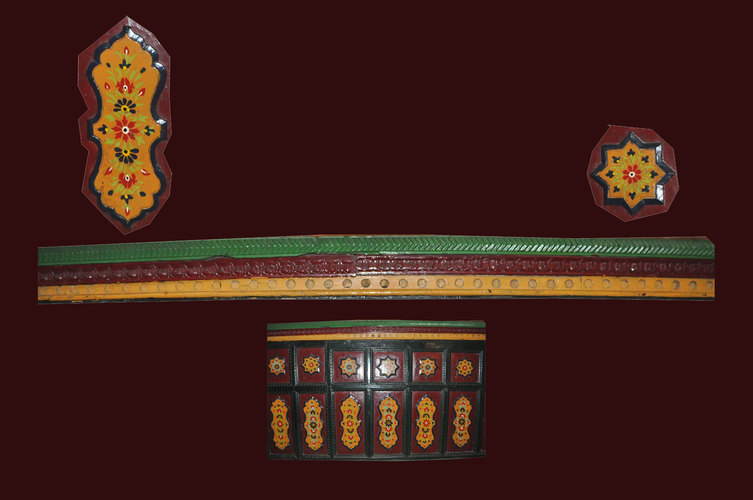
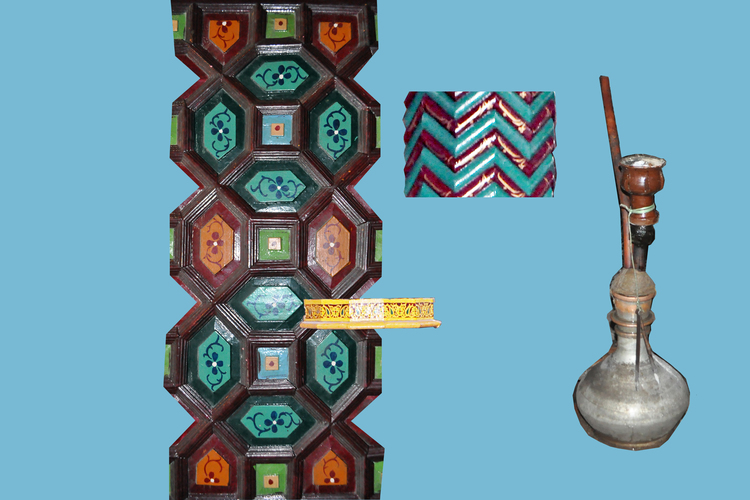
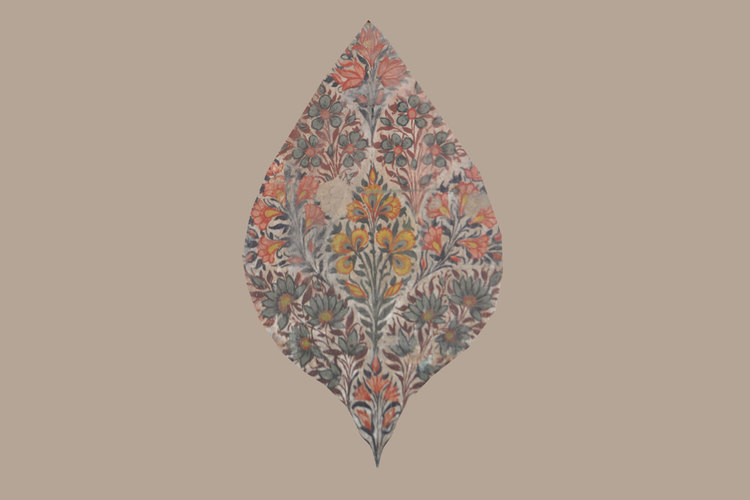
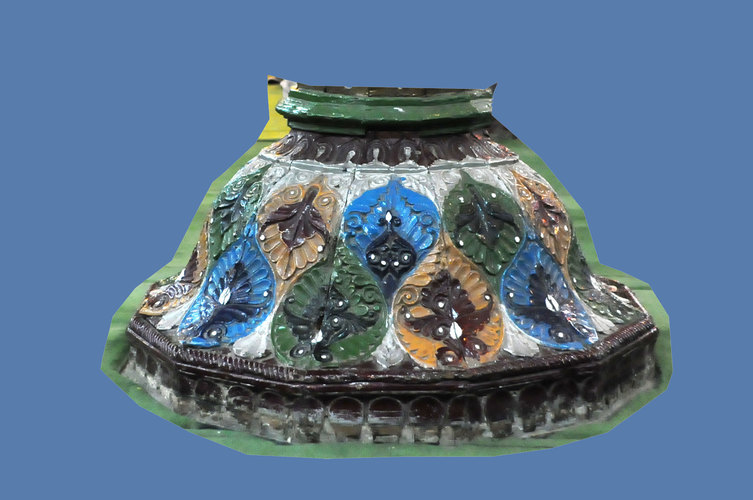

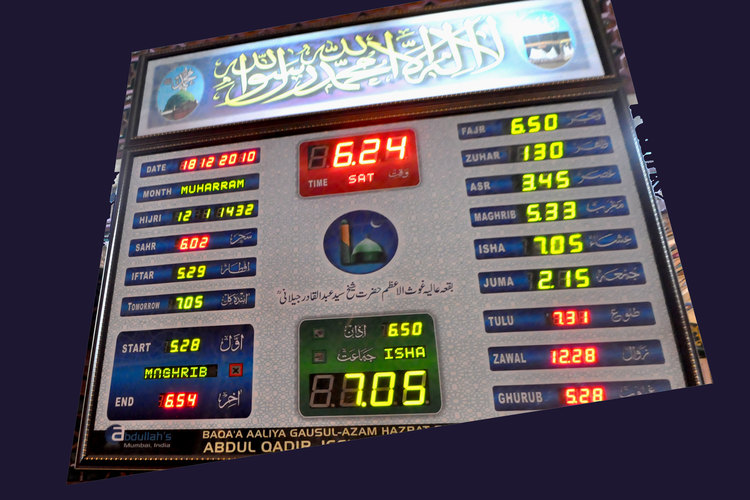
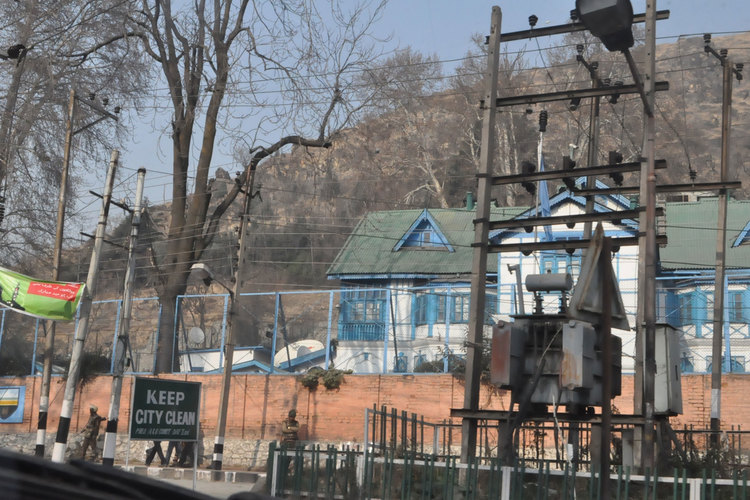
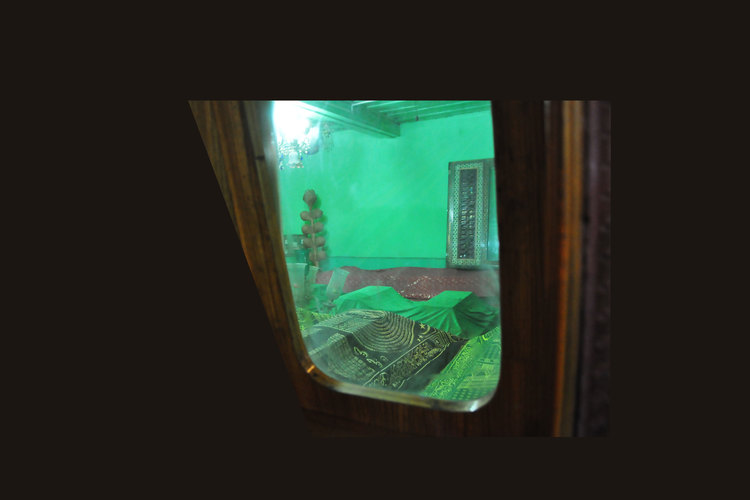
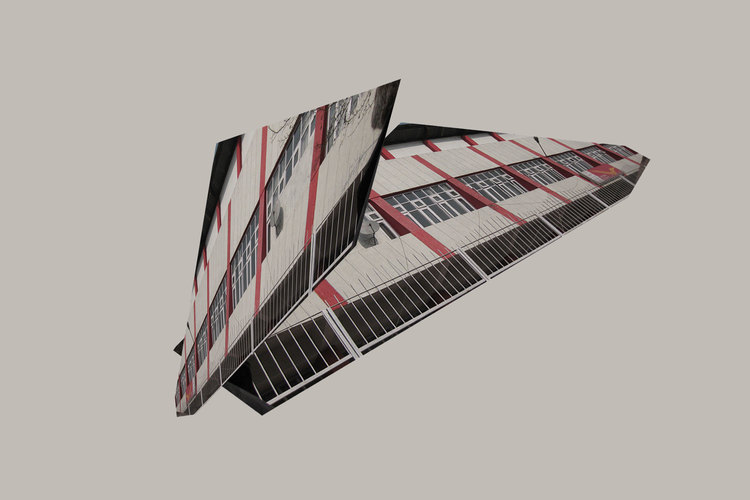
Below
Untitled, 2012
Gouache on paper, 30/40cm.
The animal or bird like shape that is formed is a painted collage.The patterned detail is a detail from the tomb of Bul-Bul Shah, the Sufi Saint who entered the valley from Central Asia in 1324.
The building on the upper right an example of the new architecture springing up around Srinagar, sign of a nascent emerging economy.
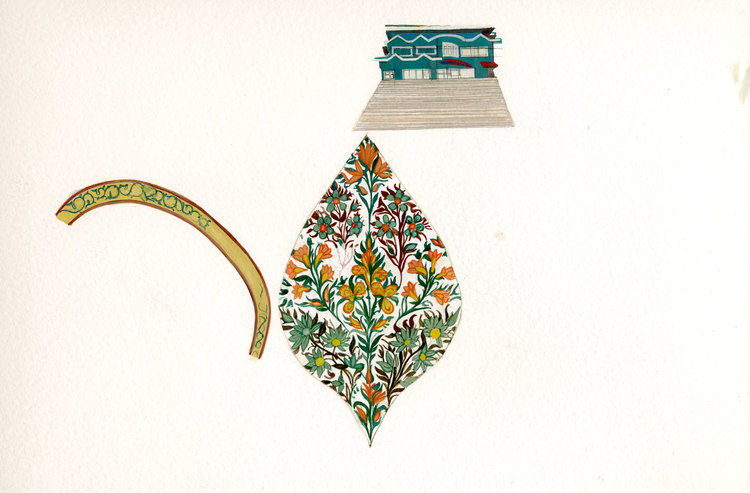
The pdf file below is a researched interactive document that follows the political problematic of Kashmir along juridical lines within history.
The document begins with the Treaty of Amritsar in 1846 and includes the letter from Maharaja of Kashmir to the British Viceroy Lord Mounbatten, underlining his desire to accede to India which leads to the the 1947 Instrument of Accession.
In effect a timeline is constituted that marks the integration of Kashmir into the Indian Republic
